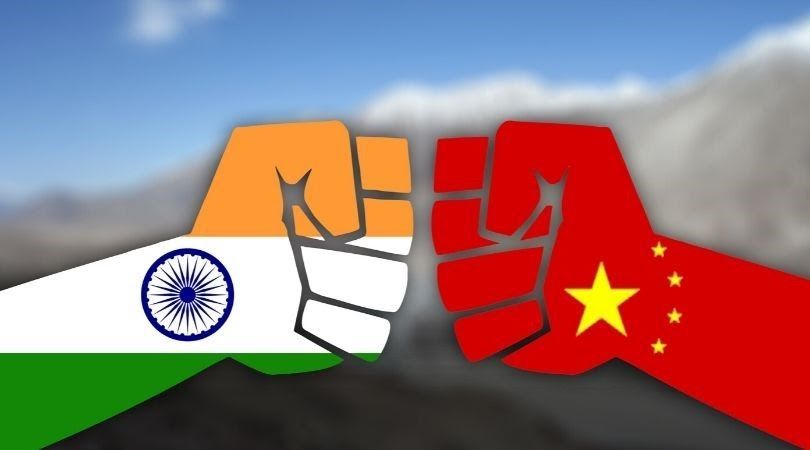Impact of Asia Pacific Trade Agreement (APTA) on India-China Trade

For the time period in consideration, the data for the imports was taken from the trade ministry imports databank while the tariff data was taken from ITC Trade Map. We selected the years in which the tariffs of the negotiated rounds were implemented. Secondly, for a comparative study, we divide the entire import basket into two: those commodities for which the Preferential tariff rate was lower than the applied tariff rates in all the years for which the tariff data was included in the study, and rest of the total imports in that sector. Consequently, we have two line-charts of each sector (which are segregated according to (Hanson, 2010)).
Our analysis is two-fold, one to see the trends in the comparative study as specified earlier, and to test the hypothesis that every time tariffs were re-negotiated under the APTA, there was a significant change in the imports, using a structural break test. We present the results in the same order.

Figure 1
The figure of the log of imports that are covered under the APTA agreement highlights an ever-increasing trend over the years. This establishes the fact that the agreement has given a constant rise to imports. The vertical lines in the figure mark the years in which APTA tariffs were renegotiated. It can also be seen that different sectors exhibited different trends which calls for a disjoint analysis as is presented below.

Figure 2
 Figure 3
Figure 3
In the Agricultural and related sectors, one will first notice that the tariff rates haven’t been significantly lowered under the APTA but they tend to be lower as compared to the Applied tariff rates. APTA imports in this sector, as a result, have risen but only minimally. On the other hand, agricultural commodities outside the ambit of APTA have seen increased but volatile surges. What accounts for the volatile surges is another analysis in itself but judging by the APTA imports, one can summarize that there haven’t been many commodities offered under the APTA over the years.
The Metals sector displays another interesting trend. From about the time China and India entered into the agreement (around 2003), both APTA and Non-APTA imports have seen high surges with equally volatile behaviour. Again, accounting for the volatility is tough but it remains that this sector has seen a lot of trade under the APTA. Food, Beverages and the other sectors is another sector that has largely benefitted from the APTA, evident in the fact APTA imports are higher than Non-APTA ones.
The Extractive industries sector’s huge dips in the years 2010, 2013 and 2020 may be on account of the Great Recession, the Taper tantrum crisis and the renegotiation of the APTA which may have offered lesser goods in this sector. We may speculate that these large fluctuations were a result of the depreciating rupee which might have caused imports of commodities like petroleum to become costly. However, no answer is definitive for it is interesting to note that non-APTA imports in this sector did not witness such high levels of volatility.
Textile and related industries, and Machinery and related industries share a common trend. APTA imports in these sectors have risen steadily over the decades but the Non-APTA imports are still considerably high. A closer perusal will, however, reveal that the growth rates are different. Consider the case of the textile industry. APTA imports have increased 42 times over the course of two decades but Non-APTA imports have multiplied 36 times in the same period. On the other hand, in the Machinery and related industries, Non-APTA imports have multiplied 222 times but APTA imports, in comparison have multiplied only 135 times. The bottom-line: we see an exponential growth in the imports of these two sectors for both kinds of imports, as a result of which Non-APTA imports have remained considerably higher. Perhaps, such alarming growth of Non-APTA imports has been the reason why many goods weren’t offered under the APTA in this sector. Chemicals, Plastics and Rubber also has a similar trend as the previously discussed two industries but APTA imports in this sector have risen sharply, multiplied by 42 times.
On a concluding note, we have two basic observations to make: Both APTA and Non-APTA imports have risen to huge levels over the course of two decades. However, Non-APTA imports tend to be more variable meaning that the APTA has created a safe zone to trade freely.
